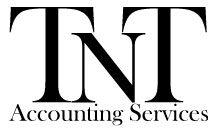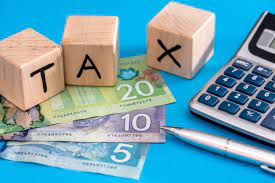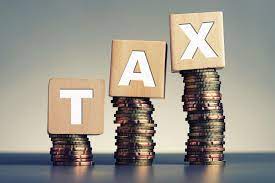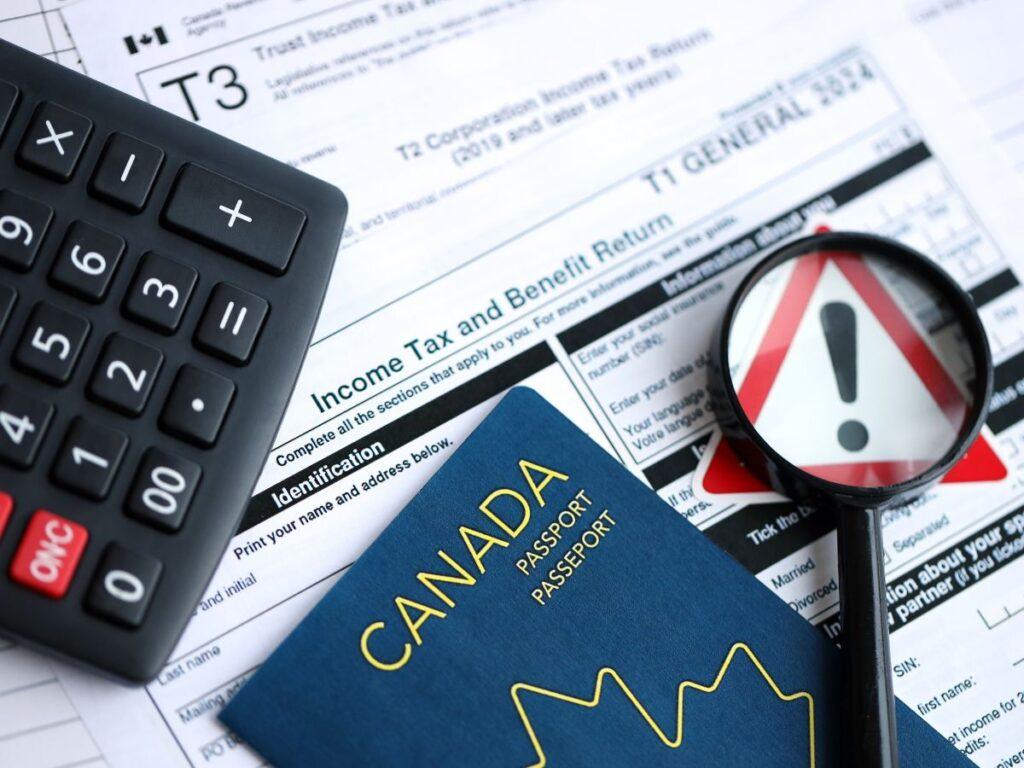As the calendar year winds down, Canadians often shift their focus to holiday preparations—but it’s also one of the most important times to plan ahead for taxes. Whether you’re an individual taxpayer or a business owner, year-end is your last opportunity to take strategic steps that can reduce your tax burden and set you up for a strong start to the new year.
Below are the most effective year-end tax planning strategies for Canadians, along with practical tips you can implement before December 31.
For Individuals
1. Maximize Your RRSP & TFSA Contributions
While RRSP contributions can be made up until 60 days after year-end, contributing earlier allows you to take advantage of tax-deferred growth sooner. If you expect to be in a higher tax bracket this year than next, maximizing your RRSP can provide a more valuable deduction.
TFSA contributions aren’t tax-deductible, but all growth and withdrawals are tax-free—making it a smart vehicle for long-term savings. Confirm your remaining contribution room through CRA’s MyAccount.
2. Consider Tax-Loss Harvesting
If you hold non-registered investments that have declined in value, you can sell them before year-end to realize capital losses. These losses can offset capital gains realized this year or be carried back/forward to other tax years.
Be mindful of the superficial loss rules, which restrict claiming a loss if you repurchase the same security within 30 days.
3. Make Charitable Donations Before December 31
Eligible donations made before year-end can produce valuable non-refundable tax credits. Donations of publicly traded securities with accrued gains may offer additional tax advantages, including avoiding capital gains tax.
4. Take Advantage of Medical and Child-Care Expenses
If you’re close to meeting minimum thresholds for medical expense claims, consider advancing planned expenses into the current year. Child-care expenses—including day camps, daycare, and some tutoring—may also be deductible if paid before year-end.
5. Review Your Income Sources
If you have flexibility (e.g., self-employment income), consider whether deferring income into the next year may reduce your tax obligation—especially if you anticipate being in a lower tax bracket.
For Businesses
1. Review Capital Asset Purchases
Under Canada’s Capital Cost Allowance (CCA) rules, purchasing eligible equipment, vehicles, computers, and other capital assets before year-end may allow you to claim a portion of the depreciation this year. Certain assets may qualify for immediate expensing, depending on current CRA rules.
2. Optimize Owner Compensation
Many incorporated business owners should evaluate their salary vs. dividend mix prior to year-end. A salary can create RRSP room and allow for CPP contributions, while dividends may offer tax efficiency depending on provincial rates.
Reviewing this with an accountant ensures alignment with your income needs and long-term tax plan.
3. Manage Inventory and Write-Downs
Year-end inventory counts can identify obsolete or unsellable goods. Writing these down can reduce taxable income and provide a clearer financial picture heading into the next year.
4. Pay Employee Bonuses Before December 31
If the company declares bonuses before year-end—even if paid within 179 days—they’re deductible in the current fiscal year. This offers flexibility while still improving employee retention and motivation.
5. Review GST/HST and Payroll Accounts
Year-end is a good time to ensure your GST/HST filings, instalments, and payroll remittances are up to date. Errors or late payments can result in penalties that are easily avoidable with a cleanup before the year closes.
General Best Practices for Everyone
Stay Organized
Collect receipts, charitable donation slips, medical records, investment statements, and business documents. Digital recordkeeping tools can simplify your life come tax season.
Check CRA Updates
Tax credits, contribution limits, and rules often change from year to year. Reviewing current CRA guidance ensures your planning aligns with the latest regulations.
Consult a Professional
A tax advisor can help identify opportunities specific to your situation—particularly around compensation strategies, corporate structure, investment planning, and deductions you may not be aware of.
Final Thoughts
Year-end tax planning isn’t just about reducing your tax bill—it’s about making informed decisions that support your financial goals. By taking time now to review your income, investment









